It’s All About Data: The Training of AI Models
In deep learning, there are different training methods. Which one we use in an AI project depends on the data provided by our customer: how much data is there, is it labeled or unlabeled? Or is there both labeled and unlabeled data?
Let’s say our customer needs structured, labeled images for an online tourism portal. The task for our AI model is therefore to recognize whether a picture is a bedroom, bathroom, spa area, restaurant, etc. Let’s take a look at the possible training methods.
1. Supervised Learning
If our customer has a lot of images and they are all labeled, this is a rare stroke of luck. We can then apply supervised learning. The AI model learns the different image categories based on the labeled images. For this purpose, it receives the training data with the desired results from us.
During training, the model searches for patterns in the images that match the desired results, learning the characteristics of the categories. The model can then apply what it has learned to new, unseen data and in this way provide a prediction for unlabeled images, i.e., something like “bathroom 98%.”
2. Unsupervised Learning
If our customer can provide many images as training data, but all of them are not labeled, we have to resort to unsupervised learning. This means that we cannot tell the model what it should learn (the assignment to categories), but it must find regularities in the data itself.
Contrastive learning is currently a common method of unsupervised learning. Here, we generate several sections from one image at a time. The model should learn that the sections of the same image are more similar to each other than to those of other images. Or in short, the model learns to distinguish between similar and dissimilar images.
Although we can use this method to make predictions, they can never achieve the quality of results of supervised learning.
3. Semi-supervised Learning
If our customer can provide us with few labeled data and a large amount of unlabeled data, we apply semi-supervised learning. In practice, we actually encounter this data situation most often.
With semi-supervised learning, we can use both data sets for training, the labeled and the unlabeled data. This is possible by combining contrastive learning and supervised learning, for example: we train an AI model with the labeled data to obtain predictions for room categories. At the same time, we let the model learn similarities and dissimilarities in the unlabeled data and then optimize itself. In this way, we can ultimately achieve good label predictions for new, unseen images.
Supervised vs. Unsupervised vs. Semi-supervised
Everyone who is entrusted with an AI project wants to apply supervised learning. In practice, however, this is rarely the case, as rarely all training data is well structured and labeled.
If only unstructured and unlabeled data is available, we can at least extract information from the data with unsupervised learning. These can already provide added value for our customer. However, compared to supervised learning, the quality of the results is significantly worse.
With semi-supervised learning, we try to resolve the data dilemma of small part labeled data, large part unlabeled data. We use both datasets and can obtain good prediction results whose quality is often on par with those of supervised learning. This article is written in cooperation between DATANOMIQ and pixolution, a company for computer vision and AI-bases visual search.

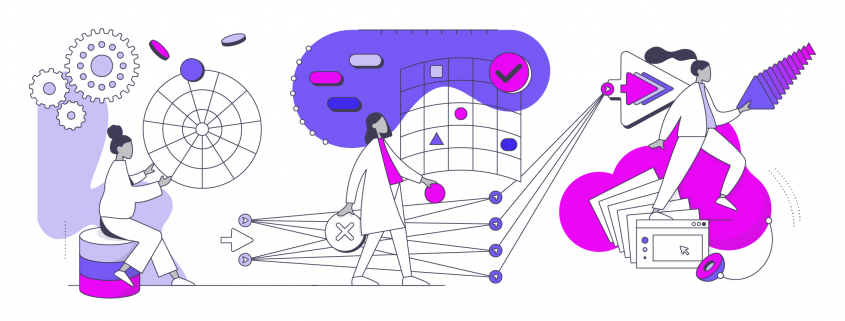
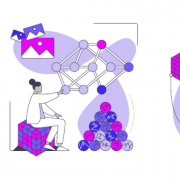
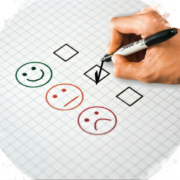
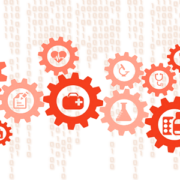

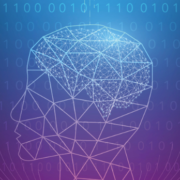
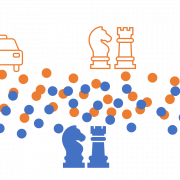


Leave a Reply
Want to join the discussion?Feel free to contribute!